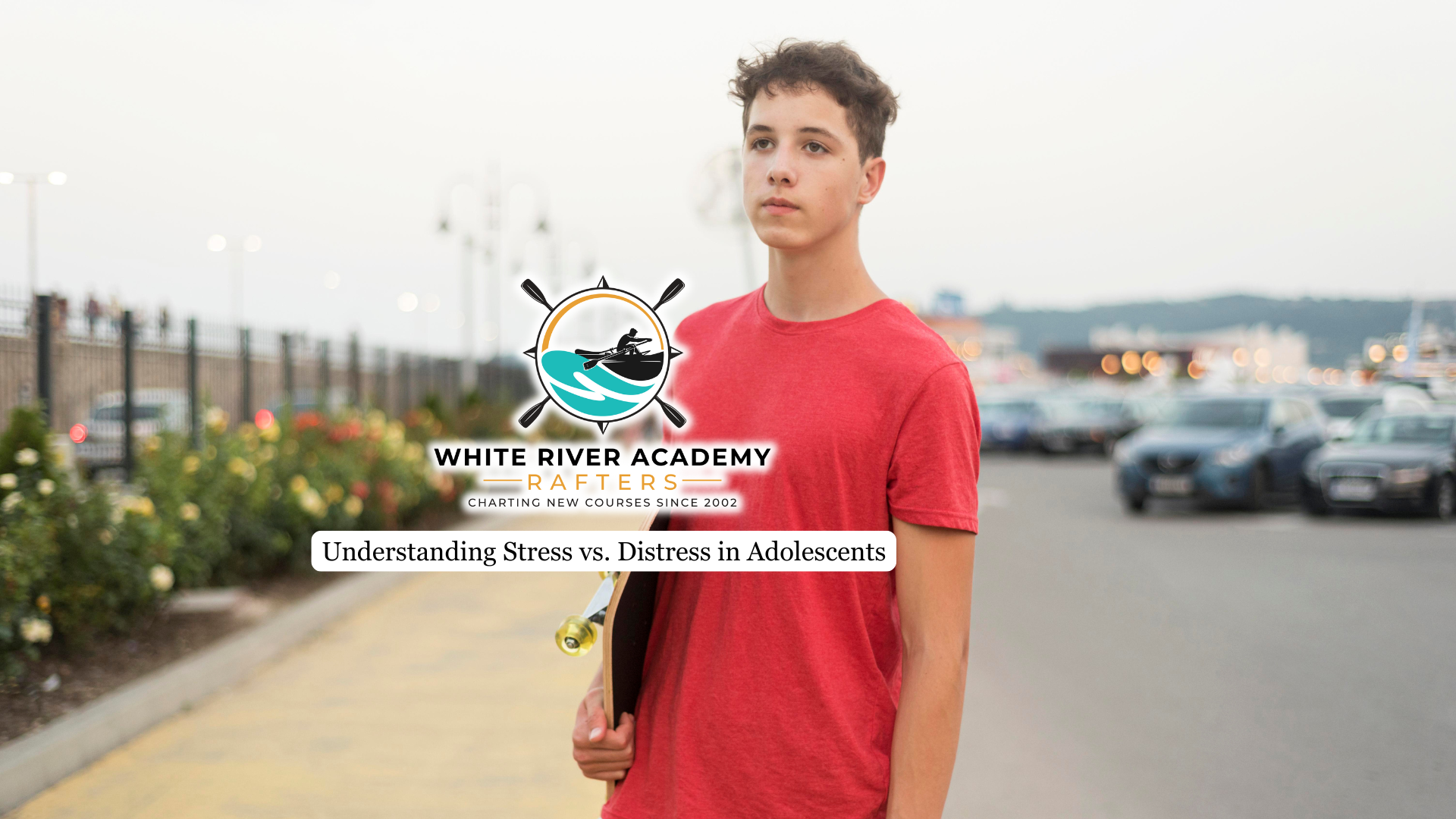Adoption is a life-changing decision that brings joy and fulfillment to many families. However, it’s important to understand the different pathways to adoption, particularly residential treatment facility adoption and foster care adoption. Each type of adoption serves unique purposes and addresses specific needs, making it crucial for prospective adoptive parents to grasp their differences and similarities.
Overview of Adoption Types
Residential Treatment Facility Adoption involves adopting children from residential treatment facilities. These facilities provide intensive therapeutic care for children with significant behavioral, emotional, or mental health challenges. Children in these facilities often require higher support and specialized care.
Foster Care Adoption refers to adopting children from the foster care system. Foster care is designed to provide temporary care for children who cannot live with their biological families. The goal is often reunification with the biological family, but when that is not possible, adoption becomes the next best option. Children in foster care come from diverse backgrounds and typically have less intensive needs compared to those in residential treatment facilities.
Key Differences
Purpose and Goals
- Residential Treatment Facility Adoption: The primary focus is addressing the child’s complex behavioral, emotional, or mental health needs. These children benefit from the structured environment and specialized care the facility provides.
- Foster Care Adoption: The goal is to provide a permanent family for children in temporary care. It aims to offer stability and a loving home environment for children who cannot return to their biological families.
Child’s Background and Needs
- Residential Treatment Facility: Children often have higher levels of care needs, requiring ongoing therapeutic interventions and support.
- Foster Care: Children come from various backgrounds and generally have less intensive needs, although they may still require some level of support and adjustment.
Process and Requirements
The adoption process differs for each type, with residential treatment facility adoption involving additional steps to ensure the child’s special needs are met. This process includes thorough evaluations and matching procedures to align the child’s needs with the adoptive family’s capabilities. In contrast, foster care adoption also involves legal proceedings, but the primary focus is on ensuring a stable home environment for the child, rather than addressing complex therapeutic needs.
Support and Resources
In residential treatment facility adoption, adoptive parents receive resources specifically tailored to managing behavioral and emotional challenges, including ongoing therapeutic support. In foster care adoption, significant support is provided by the foster care system, which includes training and financial assistance. While post-adoption support varies, it generally includes access to counseling and educational resources to help families navigate the adoption process and ensure the well-being of the child.
Key Similarities
Legal Considerations
Both types of adoption require legal proceedings to finalize the adoption, ensuring that the child’s best interests are prioritized.
Emotional and Psychological Impact
The emotional journey for adoptive parents and children is profound in both scenarios. Both types of adoption require emotional resilience and a strong support network.
Goal of Permanency
The ultimate aim of both residential treatment facility adoption and foster care adoption is to provide a stable, permanent home for children, allowing them to thrive in a nurturing environment.
Benefits and Challenges
Residential Treatment Facility Adoption
- Benefits: Specialized care and a structured environment tailored to the child’s needs.
- Challenges: Higher levels of need and the potential for ongoing treatment can be demanding.
Foster Care Adoption
- Benefits: A diverse range of children available and support from the foster care system.
- Challenges: The potential for trauma and the need for adjustment can be significant.
Making the Decision
When choosing between residential treatment facility adoption and foster care adoption, consider factors such as your ability to meet the child’s needs, available support systems, and your readiness for the challenges involved. Prospective adoptive parents should ask themselves questions about their capacity to provide specialized care and their willingness to navigate the complexities of either adoption type.
Conclusion
Understanding the differences and similarities between residential treatment facility adoption and foster care adoption is crucial for making an informed decision. Both paths offer the opportunity to provide a loving, permanent home for children in need. Prospective adoptive parents are encouraged to seek further information, support, and guidance from local adoption agencies and support groups.




